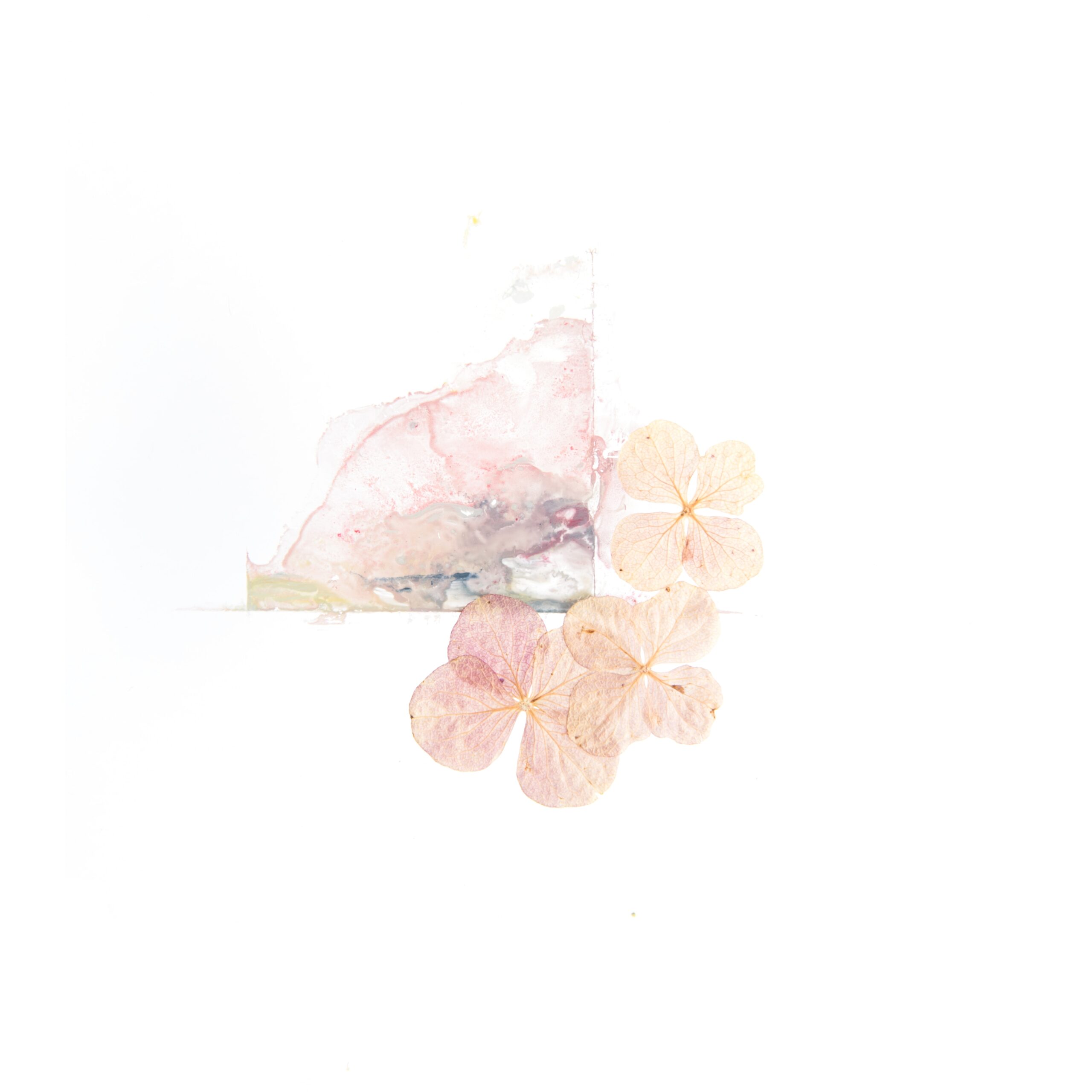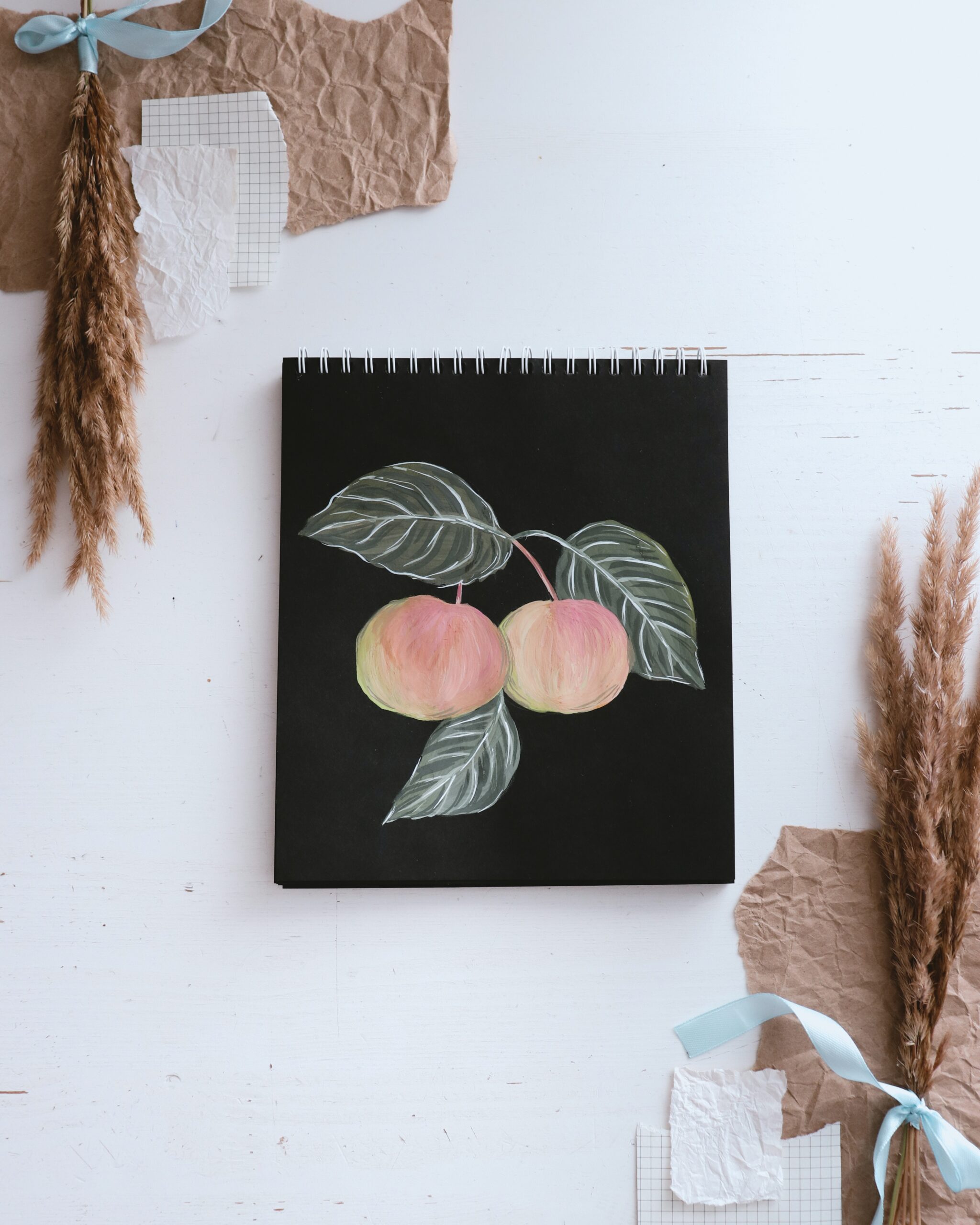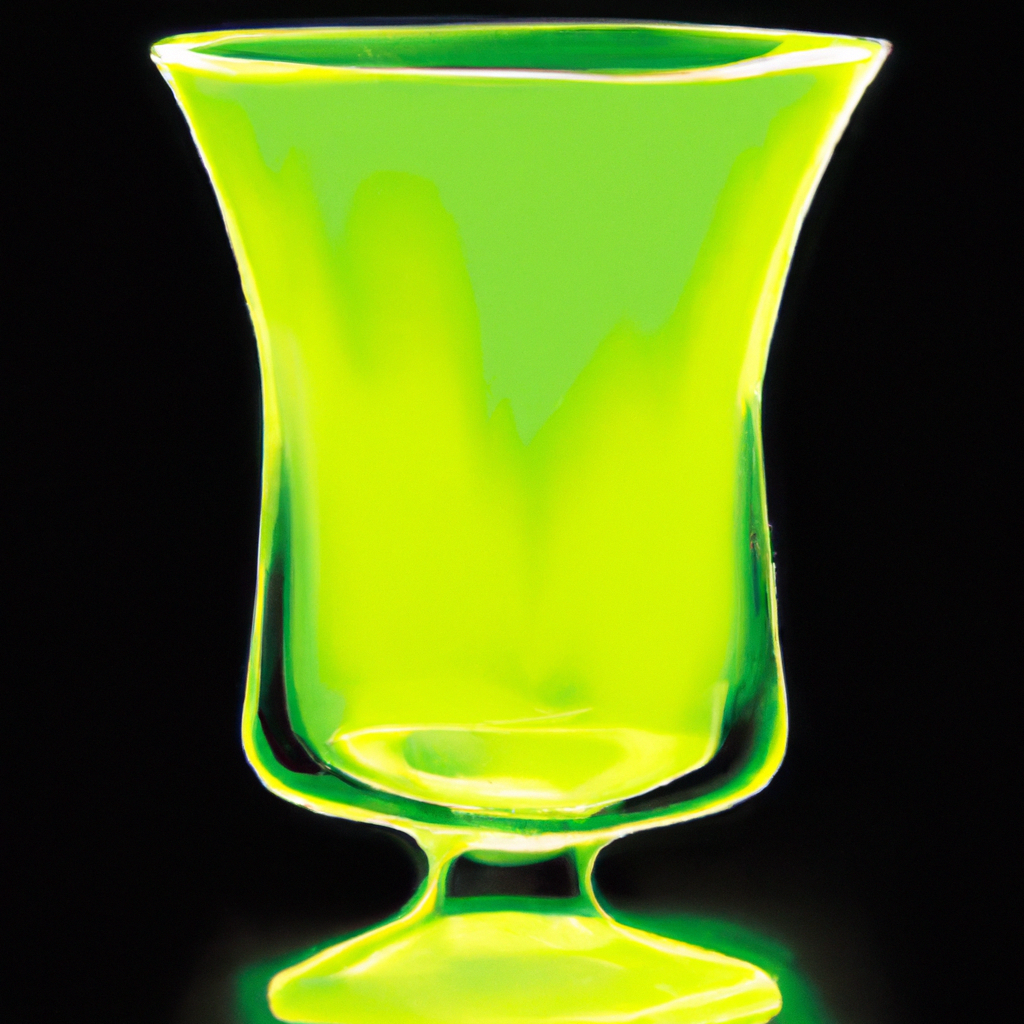In this article, you will explore the possibility of using gouache paints on watercolor canvas. Gouache paints, known for their opaque and rich pigmentation, are typically used on surfaces like paper and illustration board. However, you may wonder if they can be successfully utilized on watercolor canvas, which offers a unique texture and absorbency. Delving into this question, we will examine the compatibility and potential challenges of using gouache paints on watercolor canvas, as well as provide tips for achieving the best results. Let’s uncover the possibilities and limitations of creating with gouache on watercolor canvas.

This image is property of images.unsplash.com.
Overview of Gouache Paints
What is Gouache Paint?
Gouache paint is a type of water-based paint that is often used in illustration, design, and fine art. It is similar to watercolor paint but has a higher pigment concentration and a unique, matte finish. Gouache paint is known for its vibrant colors and versatility. It can be diluted with water to create transparent washes, or applied more opaquely to create bold, opaque layers of color.
Properties of Gouache Paints
Gouache paints have several distinct properties that make them unique. One of the key properties of gouache is its high pigment concentration, which allows for intense and vibrant color application. The paint also has good lightfastness, meaning that the colors will not fade over time when exposed to light. Gouache paints have a matte finish, giving artwork a smooth and velvety appearance. They can also be easily reworked and corrected, making them ideal for artists who prefer a more flexible painting process.
Advantages and Disadvantages of Gouache Paints
There are several advantages to using gouache paints. One of the main advantages is the pigments’ vibrancy and opacity, allowing for bold and vibrant artworks. Gouache paints are also easily reworkable, allowing artists to make changes or corrections to their paintings. Furthermore, gouache paints dry quickly, which is beneficial for artists who prefer to work in layers.
However, there are also some disadvantages to using gouache paints. One of the main disadvantages is that gouache can be prone to cracking and flaking when applied too thickly or on surfaces that are not properly prepared. Additionally, gouache paints can be more expensive than other types of water-based paints. It is also important to note that gouache paints can rehydrate when exposed to water, which may cause smudging or bleeding if not sealed properly.
Understanding Watercolor Canvas
Definition of Watercolor Canvas
Watercolor canvas is a specialized type of canvas that is specifically designed to be used with watercolor paints. Unlike traditional canvas, which has a woven texture, watercolor canvas has a unique surface that allows watercolor paints to be applied more easily and smoothly. The surface of watercolor canvas is typically made of a cotton or linen material that has been coated or primed with a substance that is absorbent and allows the paint to adhere properly.
Composition and Texture of Watercolor Canvas
Watercolor canvas is typically made from a combination of cotton or linen fibers and a bonding or sizing agent. The canvas is stretched and treated with a special coating or primer that allows watercolor paints to adhere to the surface. The texture of watercolor canvas is typically rougher and more absorbent than traditional canvas, allowing the paint to be absorbed into the surface and create a more diffuse effect.
Suitability for Watercolor Techniques
Watercolor canvas is specifically designed to be used with watercolor paints and is well-suited for a variety of watercolor techniques. The absorbent surface of the canvas allows the paint to flow and blend more easily, making it ideal for creating soft washes, gradients, and other watercolor effects. The rough texture of the canvas also provides a unique textural quality to the artwork, adding depth and interest. Additionally, watercolor canvas is durable and can withstand multiple layers and washes without warping or buckling.
Can Gouache Paints be Used on Watercolor Canvas?
Compatibility of Gouache and Watercolor
Gouache paints and watercolor paints are both water-based paints, which means that they can be used together on the same painting surface. However, there are some important considerations to keep in mind when using gouache on watercolor canvas.
Painting Surfaces for Gouache and Watercolor
When using gouache and watercolor together, it is important to choose a painting surface that is suitable for both mediums. Watercolor canvas is a great option as it is specifically designed to work well with watercolor paints. Traditional watercolor paper is also an excellent choice as it is absorbent and can handle multiple layers of paint. Mixed media and illustration boards can also be used with gouache and watercolor, as long as they can handle the water content of the paints.
Preparation of Watercolor Canvas for Gouache
Before using gouache on watercolor canvas, it is important to properly prepare the surface to ensure good adhesion and prevent cracking or flaking. Start by lightly sanding the surface of the canvas to remove any roughness or imperfections. Then, apply a layer of gesso or primer to seal the surface and provide a smooth base for the gouache paint. Allow the gesso or primer to dry completely before applying the gouache.
Benefits of Painting with Gouache on Watercolor Canvas
Using gouache on watercolor canvas can offer several benefits. The absorbent nature of watercolor canvas allows the gouache paint to adhere well and create rich, vibrant colors. The rough texture of the canvas also adds a unique textural quality to the artwork, creating depth and interest. Additionally, watercolor canvas is durable and can withstand multiple layers and washes without warping or buckling, making it ideal for layering techniques often used with gouache.
Techniques for Painting with Gouache on Watercolor Canvas
Brushes and Tools
When painting with gouache on watercolor canvas, it is important to use brushes that are suitable for the medium. Synthetic brushes are often preferred for gouache, as they allow for smooth application and easy blending. It is recommended to have a variety of brush sizes and shapes to accommodate different painting techniques and details. Other tools, such as palette knives and sponges, can also be used to create different textures and effects.
Layering Techniques
Layering is a common technique used with gouache to build up depth and create different effects. When using gouache on watercolor canvas, it is important to allow each layer to dry completely before adding another layer. This will prevent the paint from lifting or smudging. To create a smooth layer, apply the gouache paint in thin, even strokes, allowing each layer to dry before adding another. For more textured effects, apply the paint in thicker layers or use techniques such as dry brushing.
Opacity and Translucency
One of the unique properties of gouache paint is its ability to be applied opaquely or transparently. When using gouache on watercolor canvas, artists can take advantage of this versatility to create different effects. To achieve opaque layers, use the gouache paint straight from the tube without diluting it too much. For transparent washes, dilute the paint with water and apply it in thin layers. Experimenting with different levels of opacity and translucency can add depth and dimension to the artwork.
Blending and Mixing Colors
Gouache paints can be easily blended and mixed to create a wide range of colors and effects. When using gouache on watercolor canvas, blending can be achieved by layering different colors on top of each other while the paint is still wet. Use a clean brush to gently blend the edges of the colors together, creating smooth transitions. Mixing gouache paints on a separate palette can also allow for precise color mixing and customization.
Creating Textures and Effects
Watercolor canvas provides a unique surface that allows for the creation of interesting textures and effects when using gouache. Artists can experiment with various techniques, such as dry brushing, splattering, or using palette knives, to create texture and depth. The absorbent surface of the canvas will capture the paint in different ways, allowing for a variety of textures and effects to be achieved.

This image is property of images.unsplash.com.
Best Practices for Painting with Gouache on Watercolor Canvas
Testing and Experimentation
Before starting a full-scale painting with gouache on watercolor canvas, it is recommended to do some testing and experimentation. This allows artists to familiarize themselves with the behavior of the paints on the specific surface and helps in understanding how the colors interact and dry. By testing different techniques and approaches on a smaller scale, artists can gain confidence and make informed decisions when creating their final artwork.
Preventing Cracks and Flaking
To prevent cracks and flaking when using gouache on watercolor canvas, proper preparation and application techniques are crucial. Ensure that the canvas is properly sealed and primed before applying the gouache paint. Avoid applying the paint too thickly, as this can lead to cracking as the paint dries. It is also important to allow each layer to dry completely before applying another to prevent the paint from lifting or smudging.
Protecting the Finished Artwork
Once the gouache painting on watercolor canvas is complete, it is important to protect the finished artwork. Allow the painting to dry completely before handling or framing to prevent smudging or damage. When framing the artwork, use acid-free materials and consider using glass or acrylic to protect the surface from dust and UV light. If displaying the artwork without framing, consider using a fixative spray to protect the surface and minimize the risk of smudging or fading.
Drying and Storing the Artwork
Proper drying and storing of gouache paintings on watercolor canvas are important to ensure the longevity of the artwork. Allow the painting to dry completely in a well-ventilated area away from direct sunlight or heat sources. Once dry, store the artwork in a cool and dry environment, ideally in an acid-free portfolio or protective sleeve to prevent dust, moisture, or physical damage.
Tips and Tricks
Using a Limited Color Palette
When painting with gouache on watercolor canvas, using a limited color palette can help create a harmonious and cohesive artwork. By working with a few carefully chosen colors, artists can maintain control over their color mixing and create a consistent mood in their artwork.
Building Layers Gradually
Gouache paints can be built up in layers to achieve different effects and create depth. When painting on watercolor canvas, it is important to allow each layer to dry completely before adding another. By building up the layers gradually, artists can achieve smoother transitions and avoid lifting or smudging the underlying layers.
Utilizing Masking Techniques
Masking techniques can be used to preserve areas of the watercolor canvas while painting with gouache. Masking fluid or tape can be applied to the canvas to create crisp edges or protect certain areas from the paint. Once the gouache is dry, the masking can be removed to reveal the preserved areas.
Adding Details with Fine Brushes
Gouache paints can be used with fine brushes to add intricate details to the artwork. When painting on watercolor canvas, it is important to use fine brushes with a good tip to achieve precision. These details can add texture, depth, and interest to the artwork.
Combining Gouache with Other Media
Gouache paints can be combined with other media to create unique effects. Artists can experiment with incorporating other materials, such as ink, pencils, or pastels, to enhance their gouache paintings on watercolor canvas. This allows for versatility and the exploration of different textures and techniques.

This image is property of images.unsplash.com.
Common Challenges and Solutions
Gouache Reacting with Watercolor Canvas
One common challenge when using gouache on watercolor canvas is the reaction between the paint and the canvas surface. This can sometimes cause the paint to lift or bleed. To minimize this issue, ensure that the canvas is properly sealed and primed before applying the gouache paint. Additionally, allow each layer to dry completely before adding another to prevent the paint from lifting or smudging.
Issues with Adhesion and Coverage
Achieving good adhesion and coverage of gouache on watercolor canvas can be a challenge. To ensure proper adhesion, make sure that the canvas has been properly prepared with a layer of gesso or primer. If the gouache paint is not providing sufficient coverage, try applying multiple thin layers and allowing each one to dry completely before adding another. This will help build up the opacity and ensure a more even coverage.
Cracking and Flaking of Gouache
Cracking and flaking of gouache can occur if the paint is applied too thickly or on a surface that is not properly prepared. To prevent cracking and flaking when using gouache on watercolor canvas, ensure that the canvas is properly sealed and primed before applying the paint. Additionally, avoid applying the paint too thickly and allow each layer to dry completely before adding another.
Understanding Drying Times
Drying times can vary when using gouache on watercolor canvas, depending on factors such as humidity, paint thickness, and layering techniques. It is important to allow each layer to dry completely before adding another to prevent the paint from lifting or smudging. To speed up drying times, consider using a hairdryer or a fan to gently dry the paint layers.
Avoiding Color Shifts
Gouache paints can sometimes undergo color shifts as they dry, resulting in a slightly different color than when wet. To avoid color shifts, it is recommended to test the gouache colors on a separate piece of watercolor canvas before applying them to the final artwork. This will allow for adjustments and modifications to be made before committing to the color palette.
Finishing and Displaying Gouache Paintings on Watercolor Canvas
Sealing and Varnishing
Gouache paintings on watercolor canvas can be sealed and varnished to protect the surface and enhance the longevity of the artwork. However, it is important to note that varnishing gouache can alter its matte finish. If desired, a matte varnish specifically designed for gouache can be used to maintain the matte appearance.
Matting and Framing Options
Gouache paintings on watercolor canvas can be matted or framed to enhance their presentation and protect the artwork. When choosing mats or frames, consider using acid-free materials to prevent damage to the painting over time. Experimenting with different mat and frame styles can also help enhance the overall aesthetic of the artwork.
Exhibiting and Storing the Artwork
When exhibiting gouache paintings on watercolor canvas, it is important to protect the artwork from dust, UV light, and physical damage. Consider using glass or acrylic to cover the artwork and prevent dust from settling on the surface. When storing the artwork, ensure that it is kept in a cool and dry environment, ideally in an acid-free portfolio or protective sleeve.

Exploring Other Surfaces for Gouache Paints
Traditional Watercolor Paper
Traditional watercolor paper is a popular surface for gouache paintings. It is designed to handle the water content of both watercolor and gouache paints, making it versatile for a range of techniques. The absorbent nature of watercolor paper allows for easy blending and layering of colors.
Mixed Media and Illustration Boards
Mixed media and illustration boards can also be used with gouache paints. These surfaces are often specially formulated to handle wet media and can provide a smooth and sturdy surface for gouache. They are available in a variety of sizes and thicknesses, allowing for experimentation and the creation of different effects.
Wood Panels and Collage Materials
Wood panels and collage materials can add a unique dimension to gouache paintings. The solid surface of wood panels provides a different painting experience and a different texture. Collage materials, such as handmade papers or fabric, can be incorporated into the artwork to add additional texture and interest.
Fabric and Textile Applications
Gouache paints can also be used on fabric and textile surfaces. Special fabric paints or mediums can be used to ensure that the gouache adheres properly to the fabric. This allows artists to create unique textile artworks or incorporate gouache paints into textile-based art forms, such as fashion design or textile art.
Conclusion
In conclusion, gouache paints can be successfully used on watercolor canvas, offering artists a versatile and unique painting experience. Gouache paints provide vibrant colors, opacity, and reworkability, making them a popular choice for many artists. Watercolor canvas, with its absorbent surface and unique texture, provides an excellent substrate for gouache paintings. By understanding the compatibility between gouache and watercolor canvas, mastering various painting techniques, and following best practices, artists can create beautiful and long-lasting artworks. Both beginners and experienced artists can explore the possibilities of using gouache on watercolor canvas to create stunning and dynamic paintings. To choose between gouache or watercolor canvas, artists should consider their preferred painting techniques, desired effects, and personal aesthetic preferences. Whether working with gouache, watercolor canvas, or other painting surfaces, the key is to experiment, practice, and enjoy the creative process.




